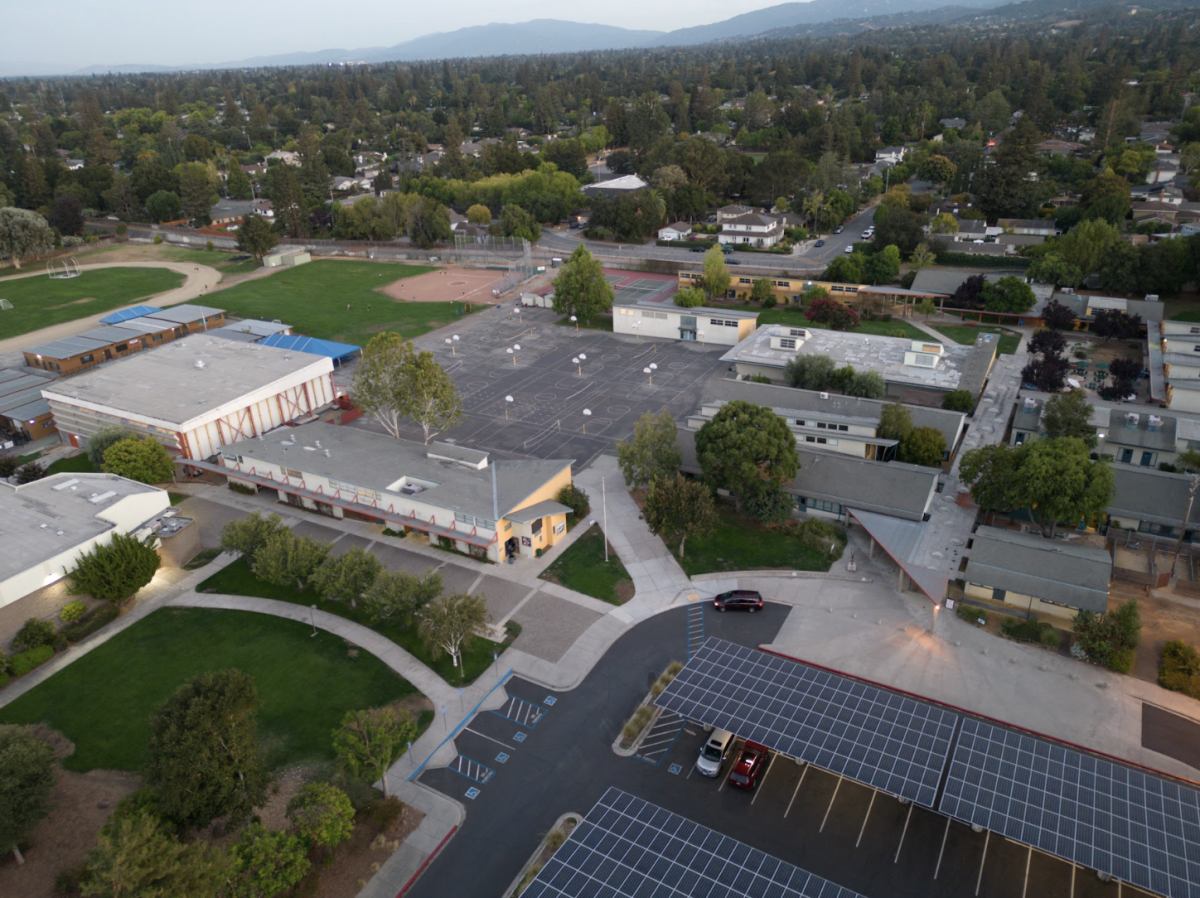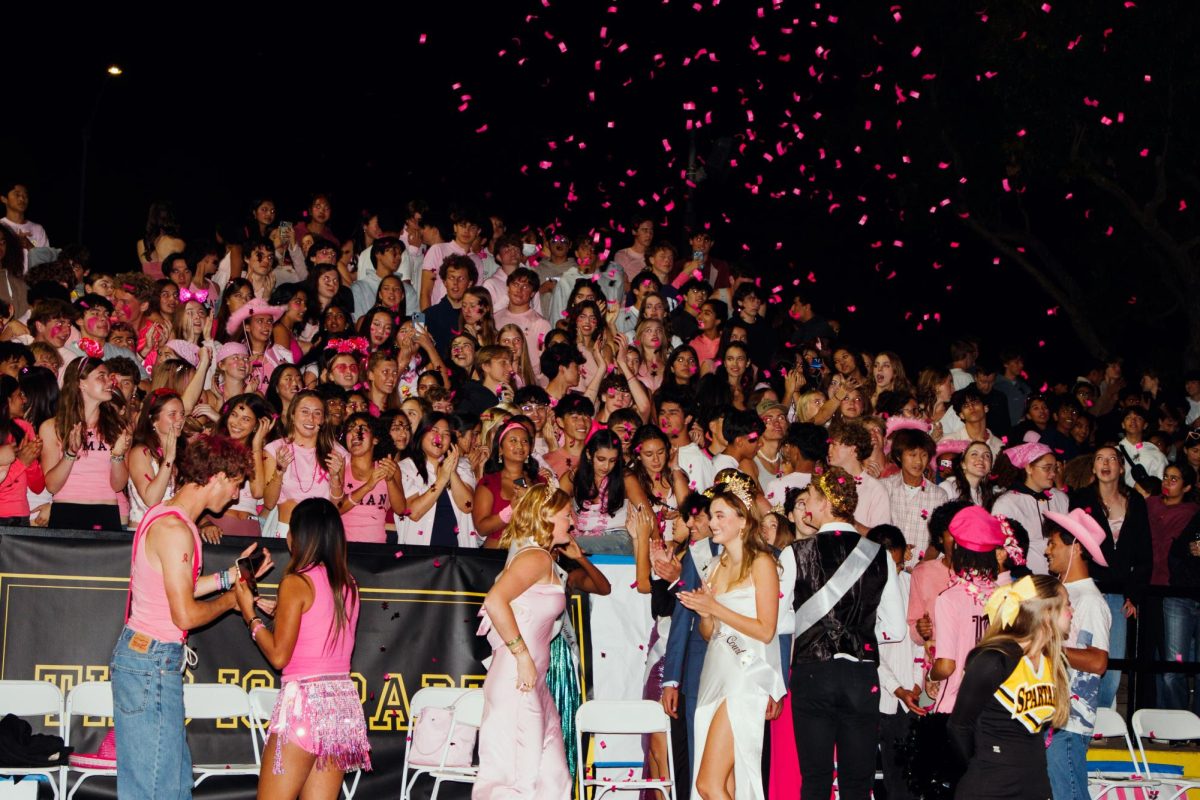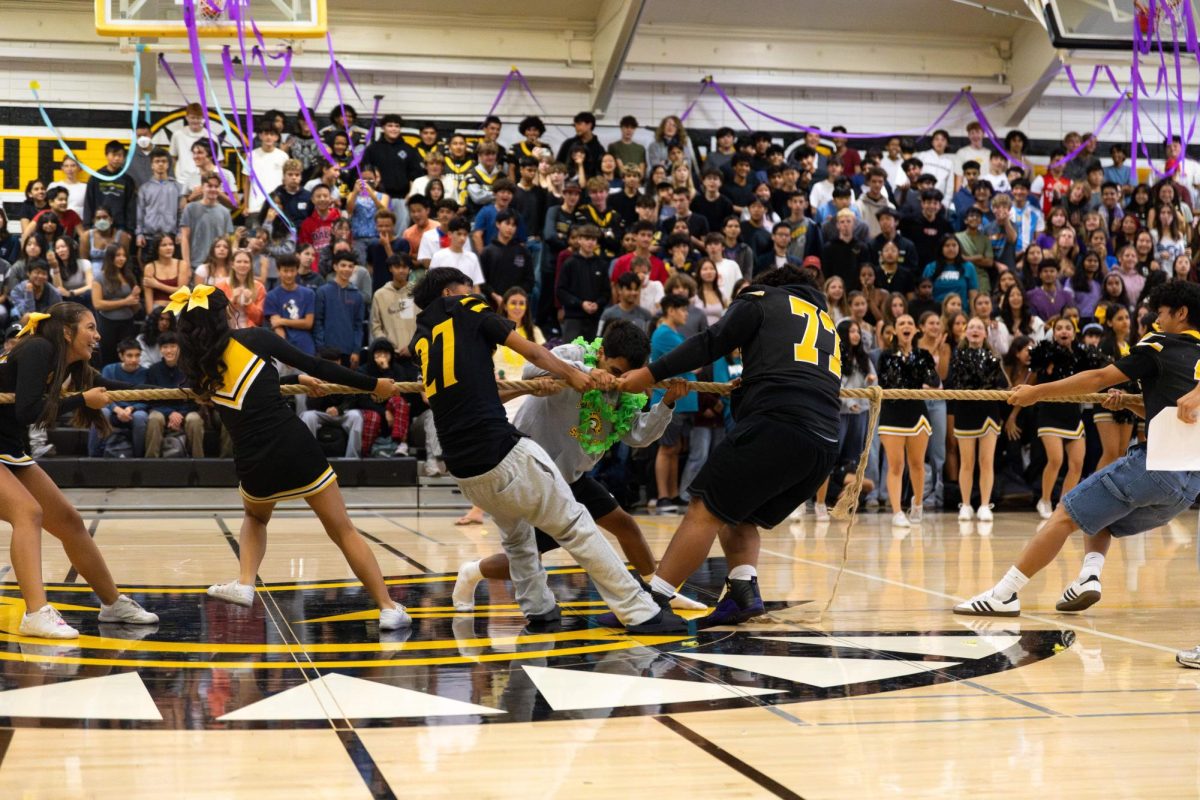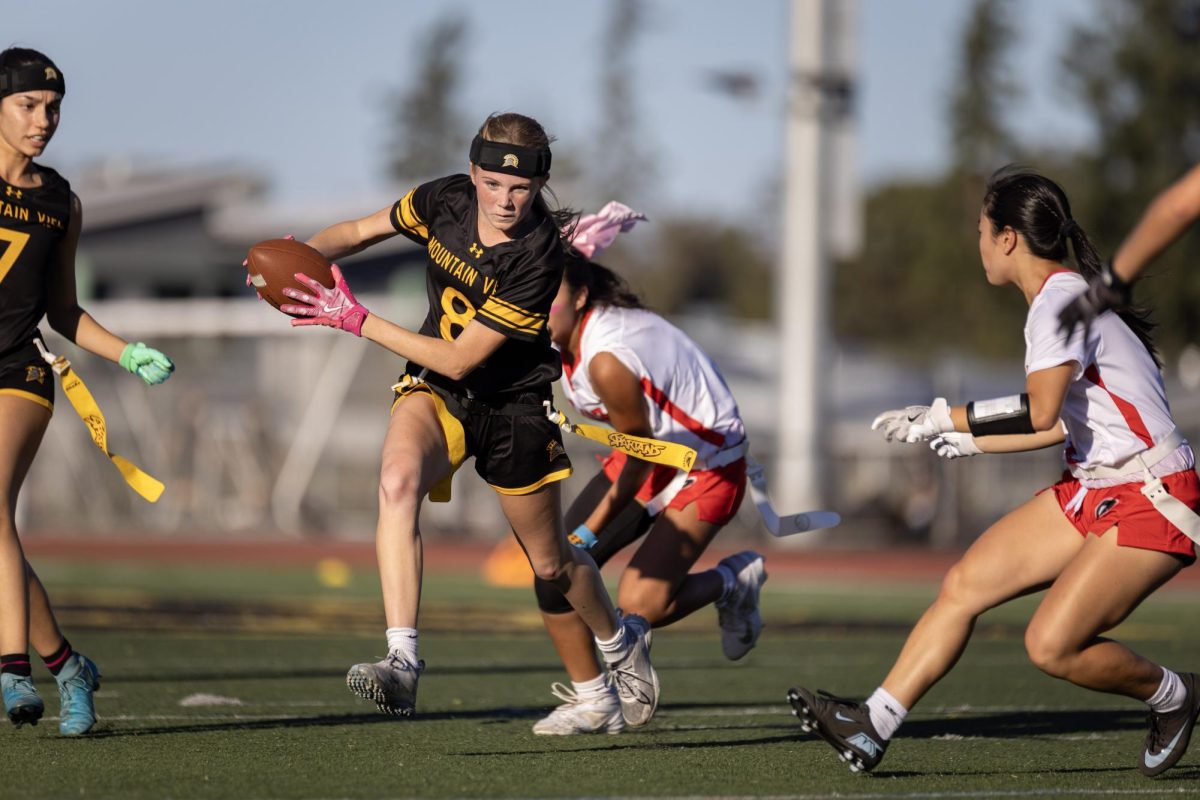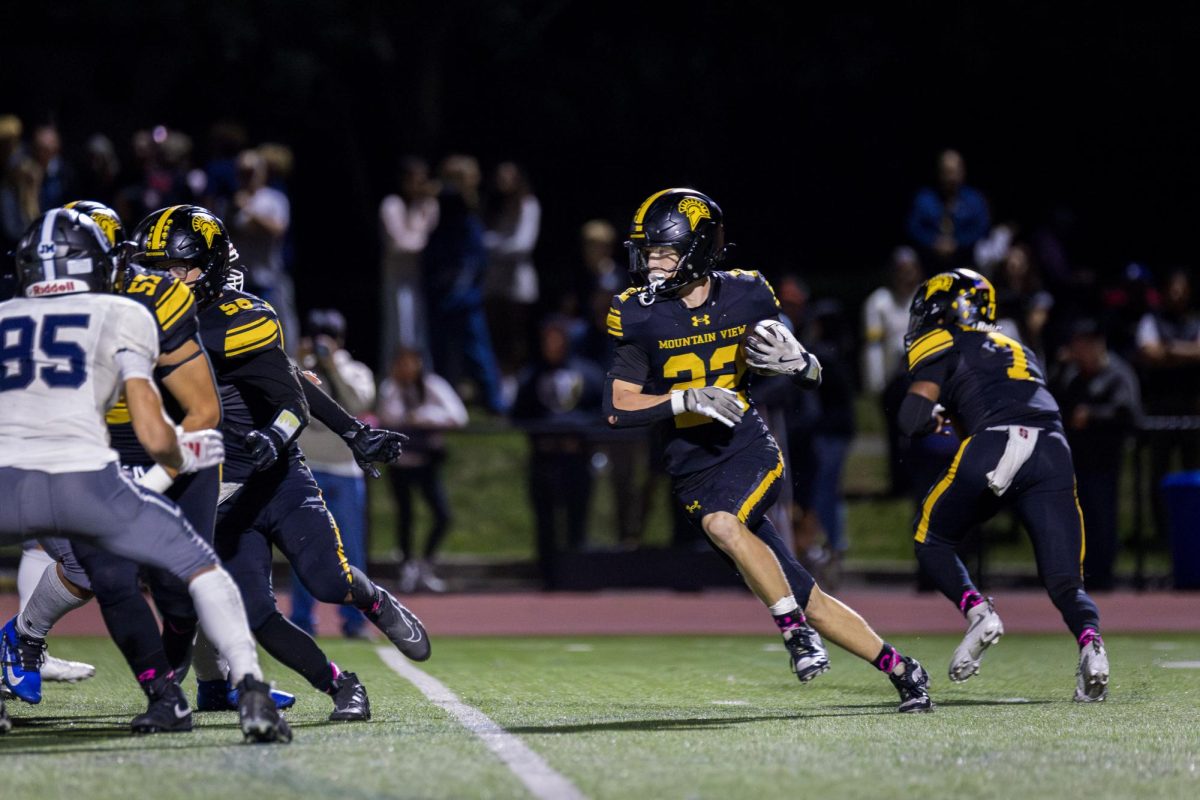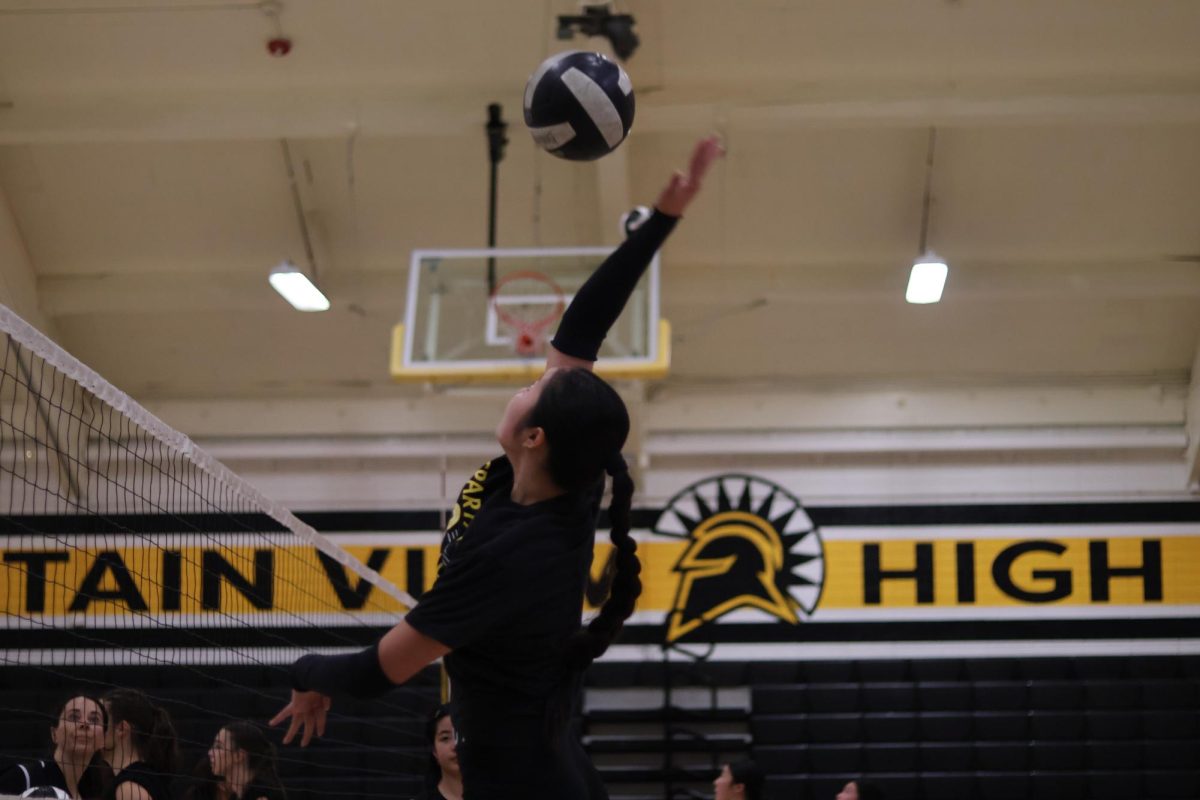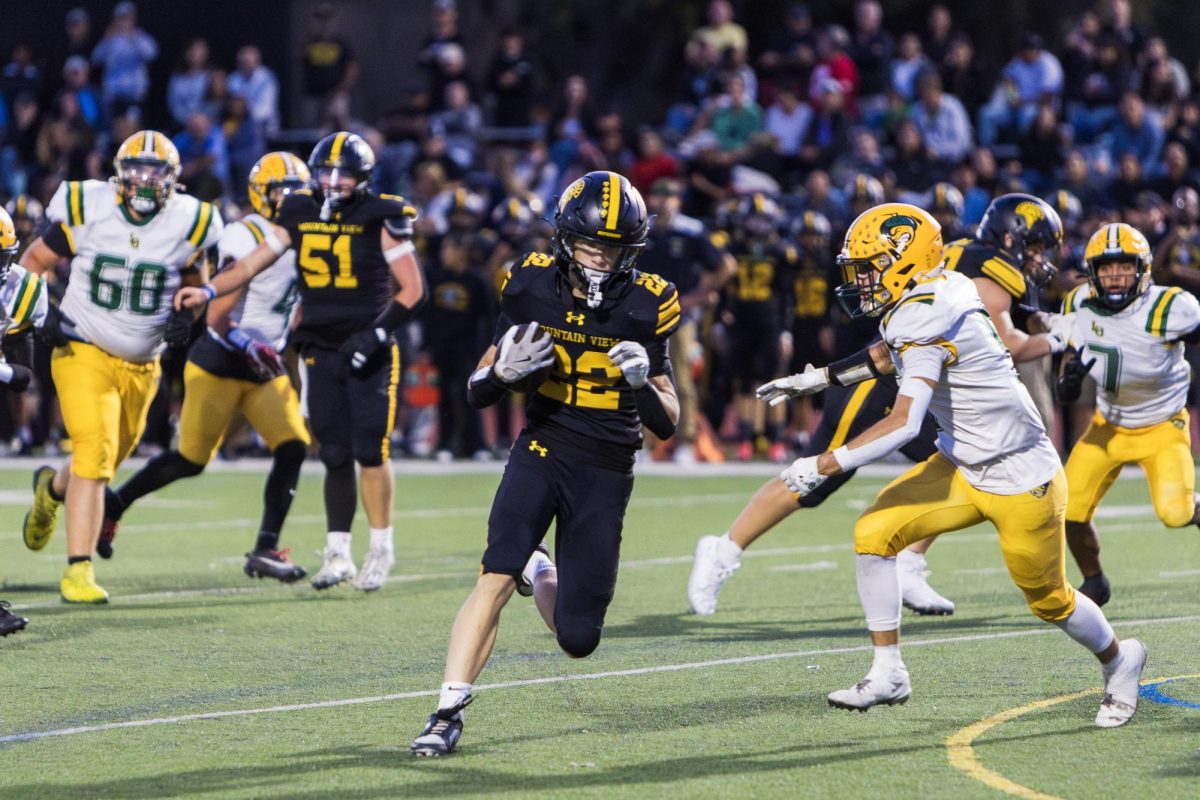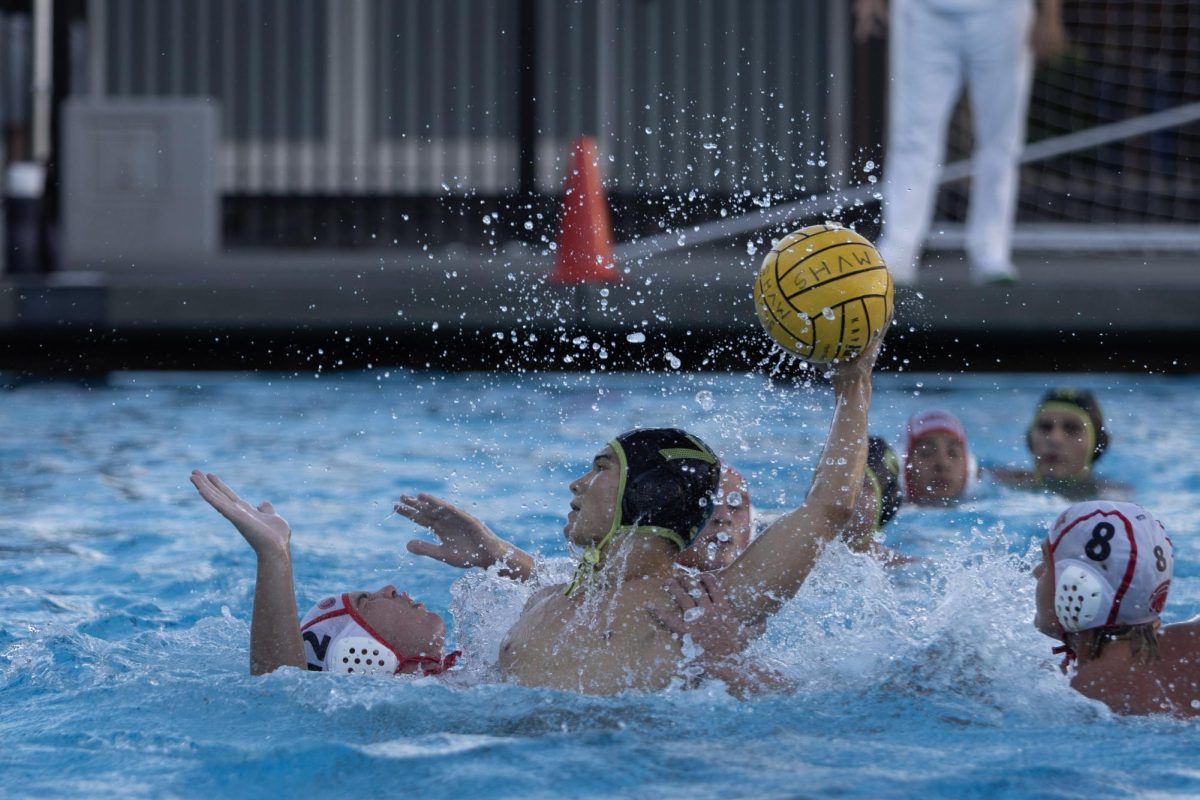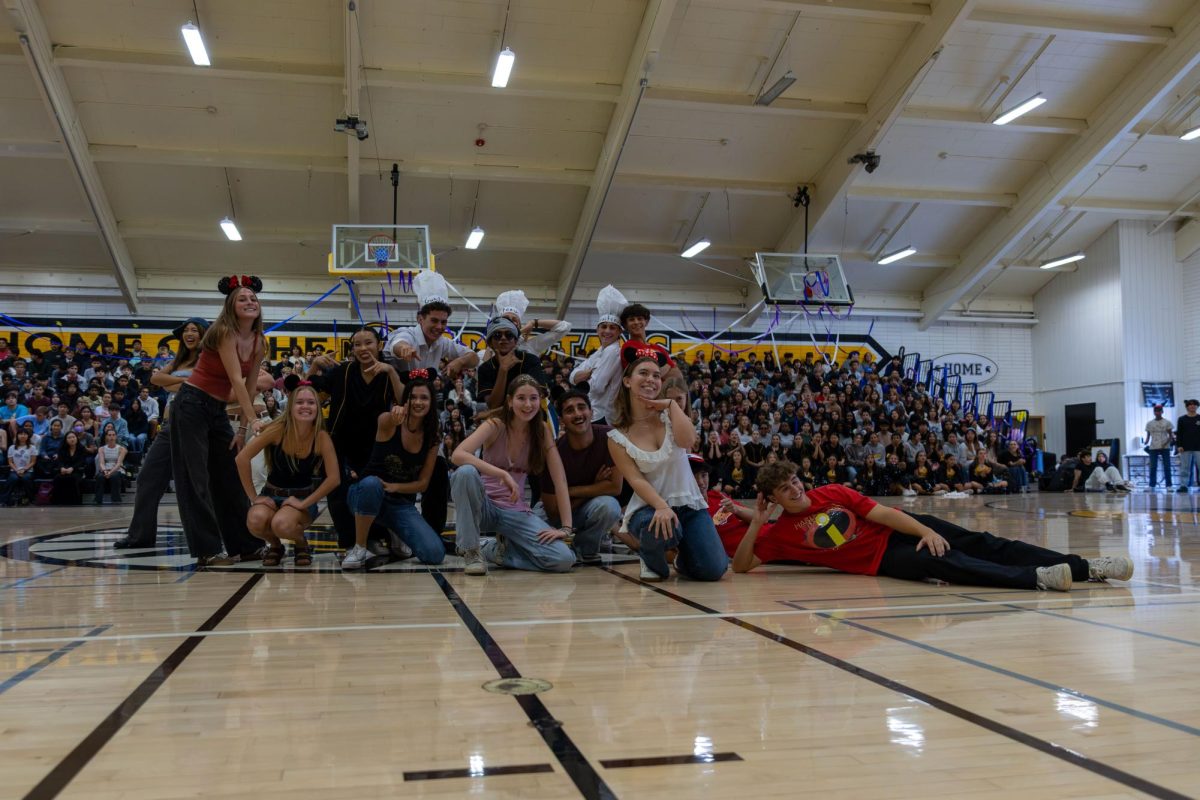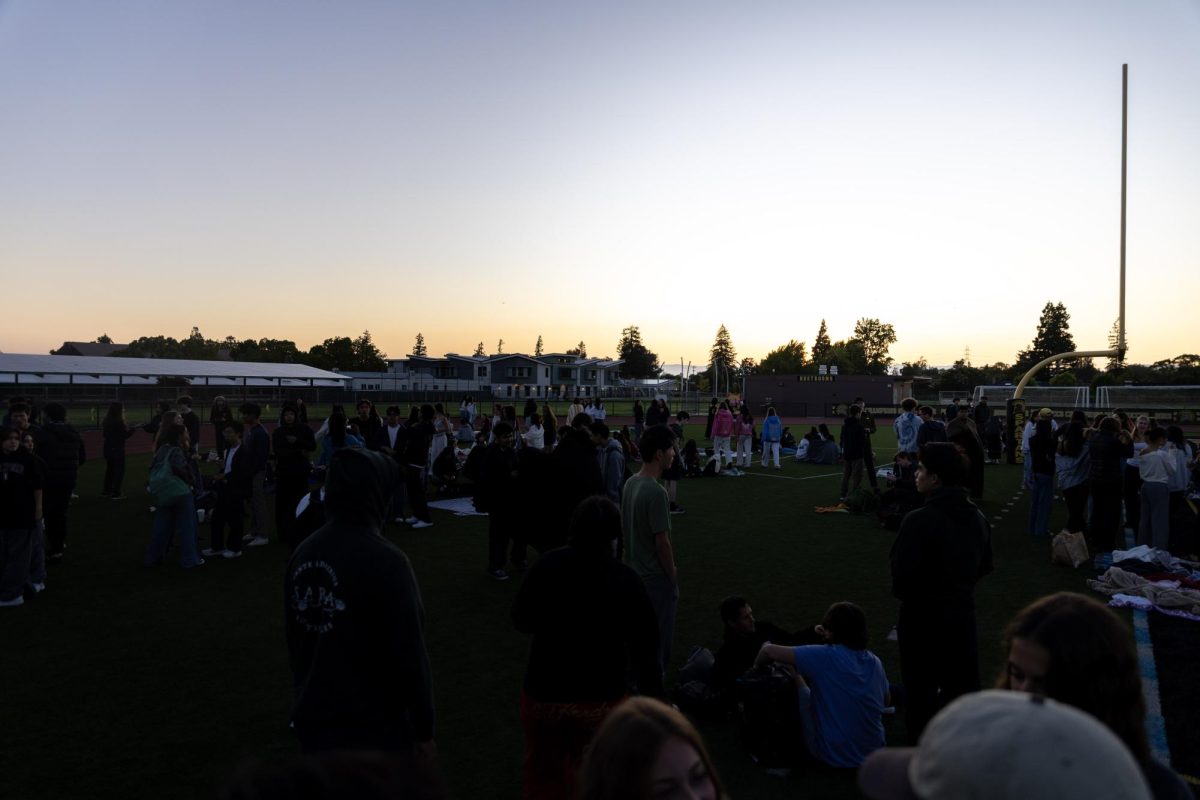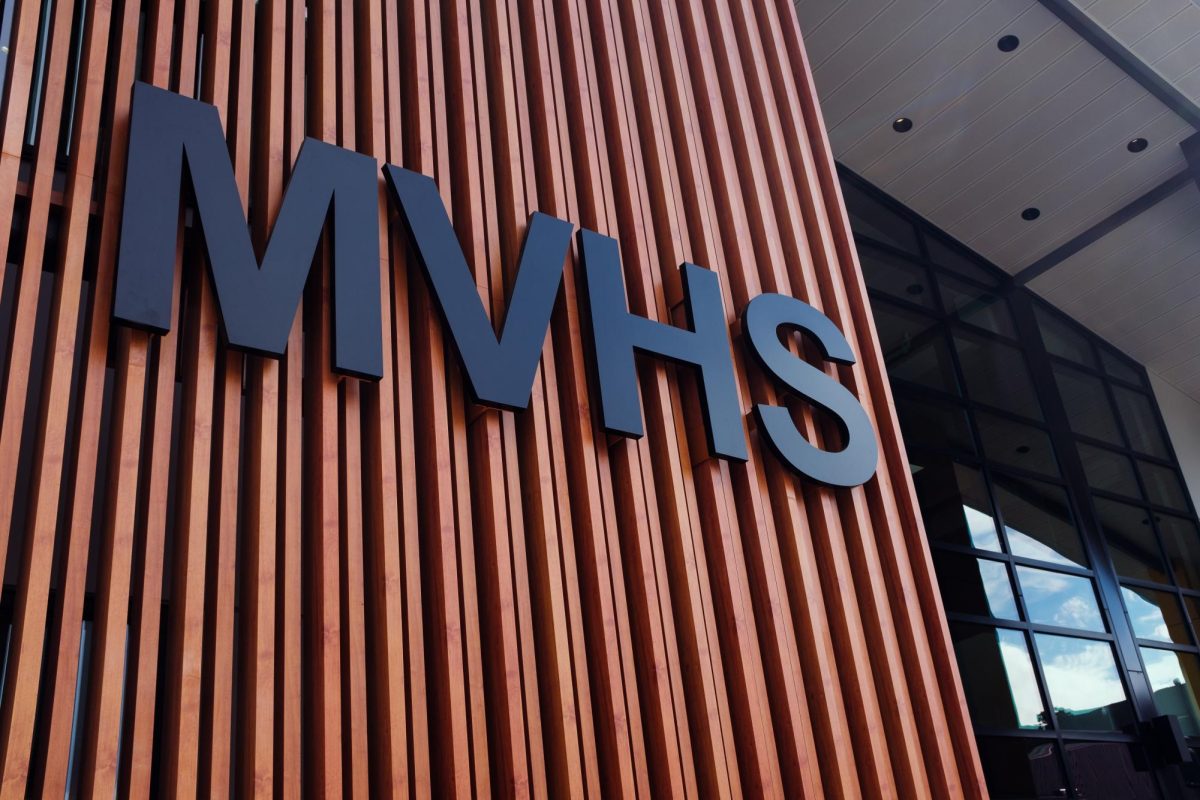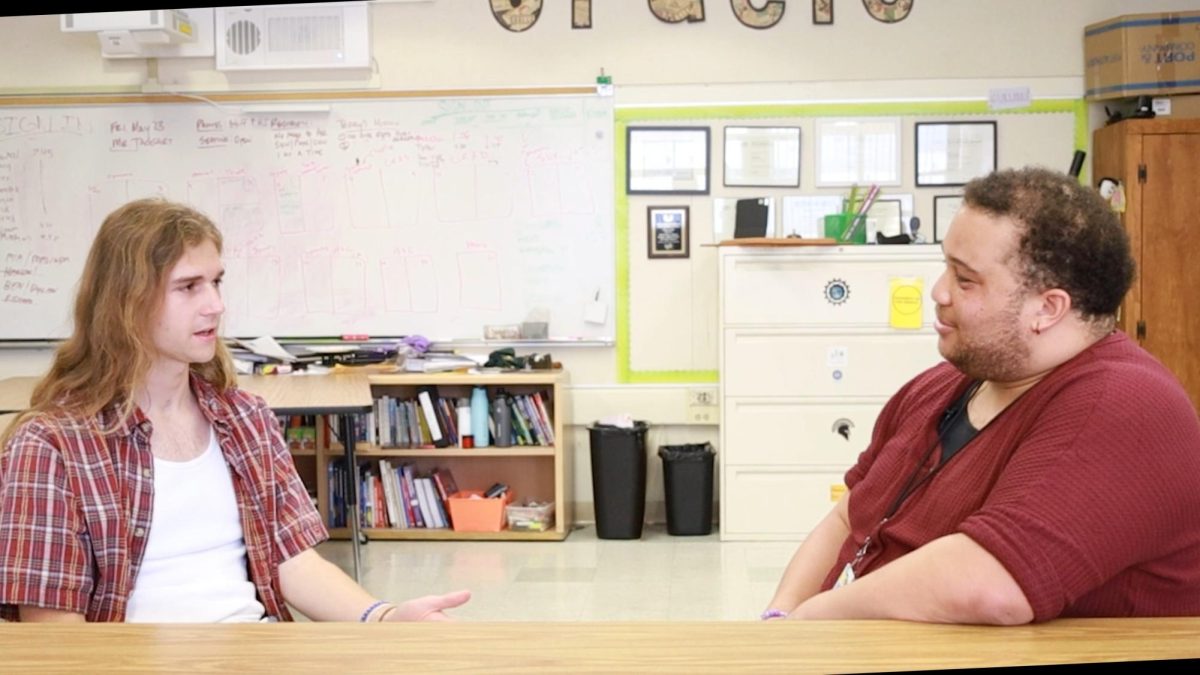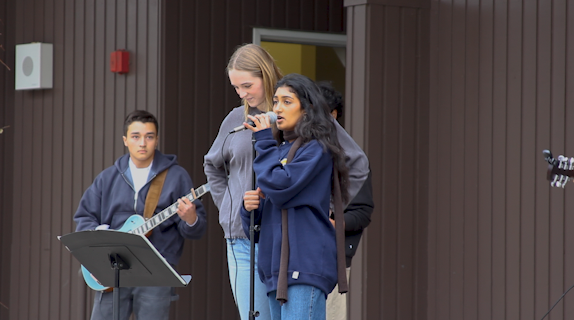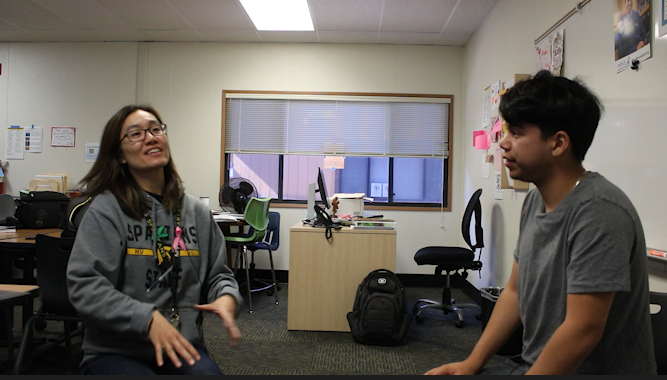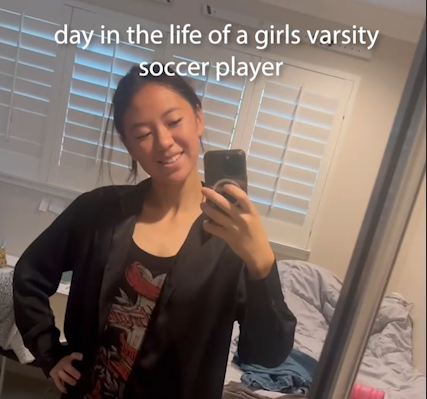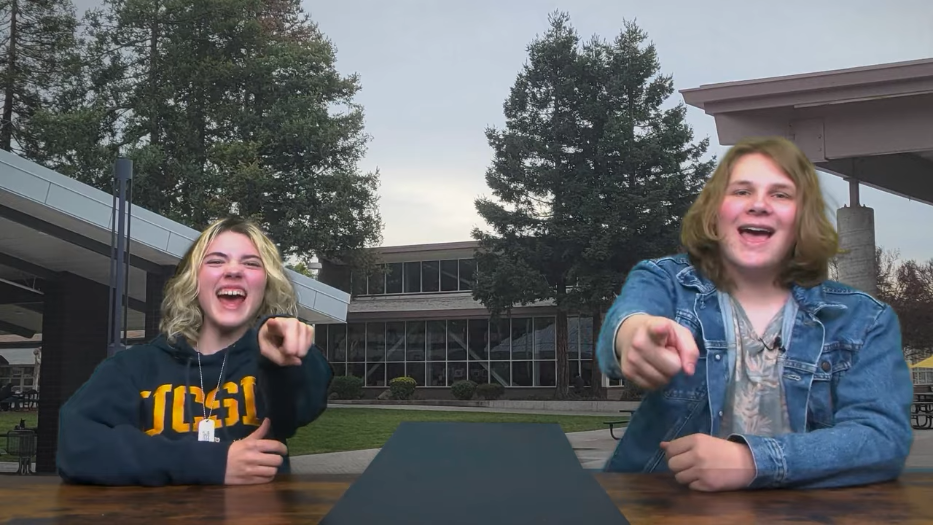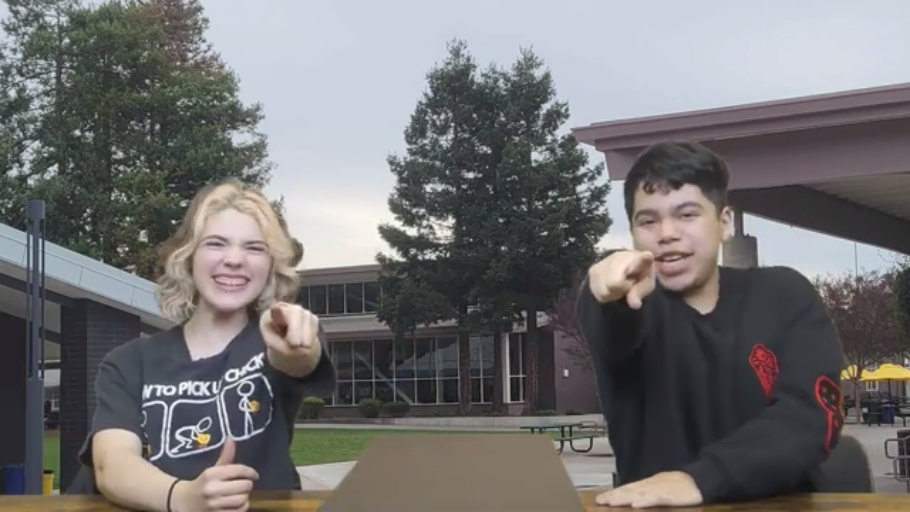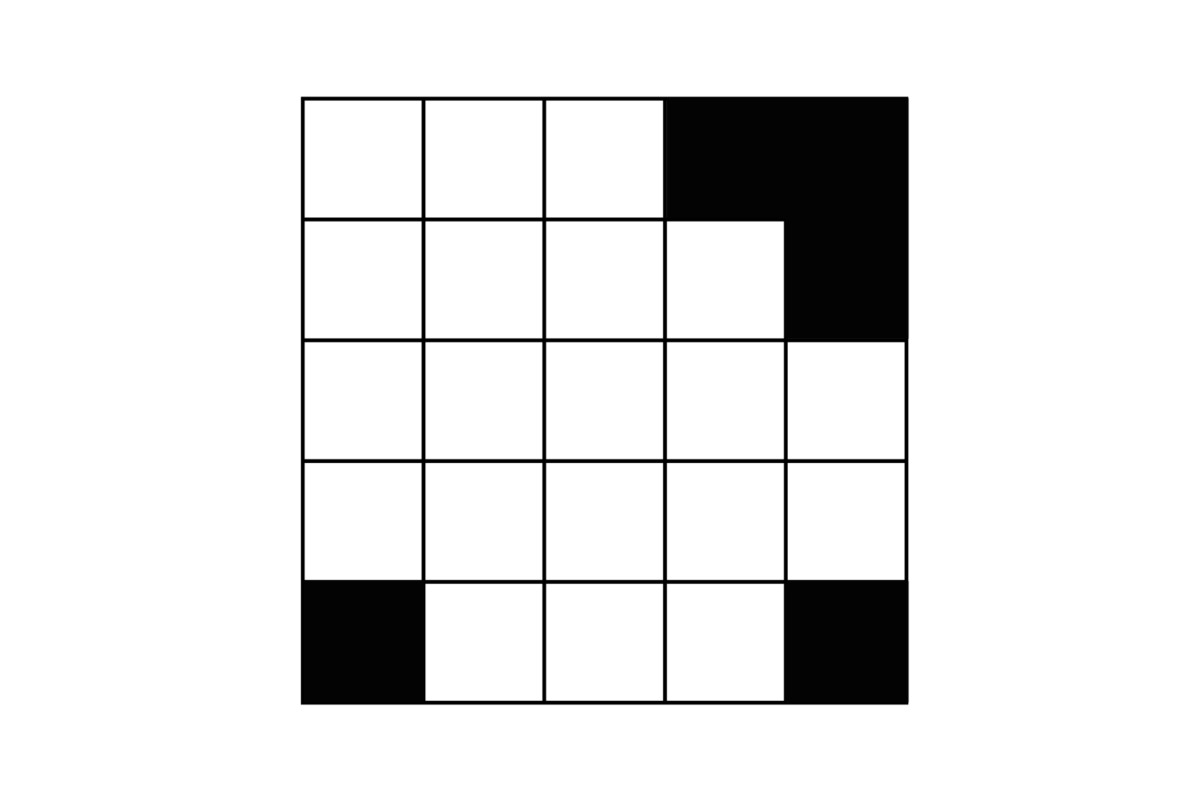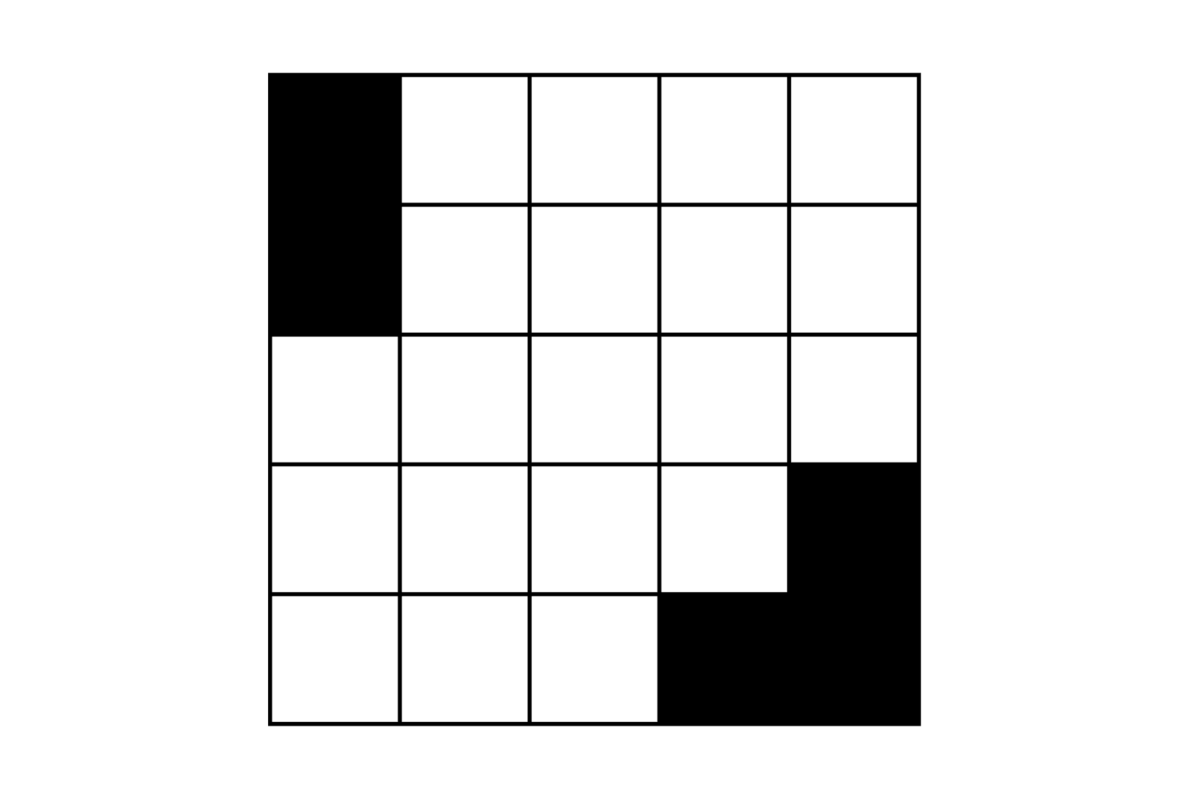Lecture in class. Homework at home. Repeat.
Students at Mountain View High School complete this iteration on the daily. However, this time-worn monotony is quickly proving less effective than a recent shift in the teaching paradigm: the flipped classroom.
The flipped classroom, or reverse teaching, is essentially a 180º shift on the traditional class setup. Modern day technology is pivotal to this system because it relies on something that was not possible only ten years ago: educational vodcasting. Instead of instructing in class, teachers film their lectures and post them to Youtube. Then, in lieu of traditional homework, students watch and take notes on the lecture at home. After they have become familiar with the lesson the night before, students return to class to practice the material, with the teacher present to answer questions and provide additional support.
Many High Schools and Middle Schools in America began flipping their classrooms in 2010, although the philosophy behind the flip has been evolving since the 1990s when Eric Mazur developed his ideas regarding peer instruction. With the rapid development of technology in recent years, the flipped classroom principal has revolutionized schools, and its success has been overwhelming.
According to Tina Rosenberg from the New York Times, the reason for flipping is simple: “School shouldn’t be a spectator sport.”
In other words, instead of passively listening to teachers, class time is hands-on. Students are more engaged and therefore, retain more information. And through the vodcasting, students can learn at their own pace. Having the ability to re-watch, pause, or rewind video lectures at any point is revolutionary and an invaluable resource to all students, especially to slower learners.
As more and more high schools flip their classes, more and more students are earning passing grades. Nowhere is this improvement more notable than at Michigan’s Clintondale High School, which flipped every class in 2011. Clintondale was in the bottom 5% of American high schools before the flip. After the school implemented the system, the total failure rate dropped from 30 to 10 percent. In addition, graduation rates soared above 90 percent.
Jim McGuirk, an MVHS math teacher, has adopted a quasi system of the flipped classroom in his geometry classes. In the spirit of the flipped classroom philosophy, McGuirk’s students read and take notes for homework and spend class time doing practice.
“For me, the big change is students are doing a lot more work in class” McGuirk said.
The structure also allows McGuirk to more accurately gauge his students’ progress, so that he can provide the needed support.
“I get instant feedback” McGuirk said.
Even though MVHS classes are mostly taught in the traditional method, students are still able to benefit from this innovation. Because so many teachers are now teaching via Youtube, there are over 700k high-quality videos about everything from biology to calculus; and all are available to the public. Any student with access to Youtube has the equivalent of a personal tutor on the screen, a priceless opportunity provided by modern technology. Both education and the internet share the same sole purpose: to connect people, spread ideas, and share information. For this reason, it is only natural that the two should work hand in hand through the flipped classroom system.

